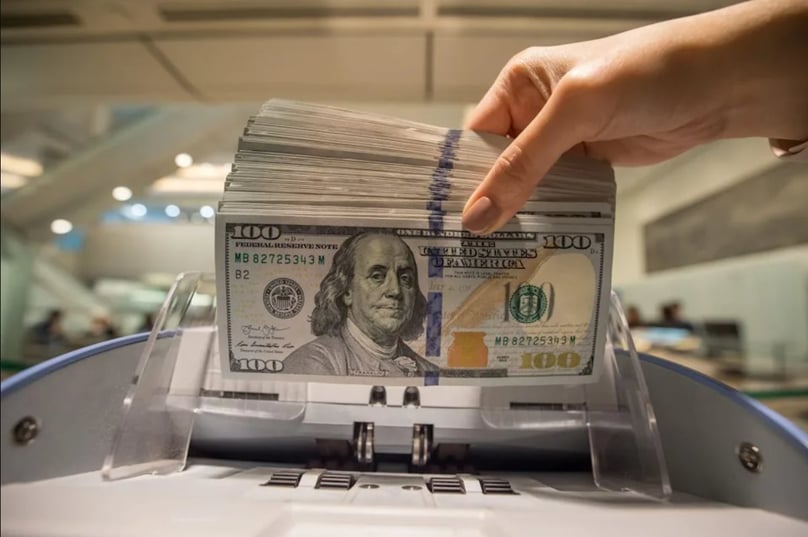Will the US tariffs lift the US dollar?
The US has introduced punitive tariffs this year and the US dollar has fallen. This is not how it’s supposed to be. Theory and historical experience suggest that the tariff-imposing country will see its currency rise.

If we assume that there’s no reciprocation, the theory takes a number of strands. One is simply that the tariffs provoke a decline in the demand for the foreign goods and hence a decline in the demand for foreign currency to pay for them. Another angle is that the tariff-imposing country will see inflation rise, and it will fall in those hit by the tariffs. If this produces rate hikes in the former and rate cuts in the latter, the tariff-imposing currency should rise. There is also a third angle which is that a country’s trade balance is a function of the gap between domestic savings and investment; a ‘truism’ that falls out of the national income identity. Tariffs do not change this imbalance and hence cannot improve the trade balance.
Instead, what happens is that the tariff-imposing country experiences a rise in its currency that partially or fully offsets the tariff to leave the trade balance unmoved. Now we know that currency theories are generally not very good. But history does offer some support for the theory, as countries that have hiked tariffs have usually seen their exchange rates rise. The offset is not necessarily full, but some appreciation occurs.
We saw this in early 2018 with the US dollar as the US imposed tariffs on China. At the time, the dollar/renminbi was around 6.30 and it rose all the way to near 7.0 before 2018 was over. NBER’s subsequent research suggests that the tariffs could explain around 20% of the dollar’s rally and 40% of the renminbi’s fall. That rise in the US dollar came pretty immediately, but this year the US dollar has fallen as tariffs have been introduced.
In theory, at least, the US dollar not only should have risen, but should have risen far more than we saw back in 2018 given that the tariffs today are so much bigger. The Yale Lab in the US suggests that US consumers face an overall effective tariff rate of around 20%. That may come down as trade deals are agreed, but it probably won’t be much, and it is certainly far above the 2-3% region that we saw back in 2018. So why has the US dollar not risen, and will this be corrected in time?
Steven Barrow, Head of Standard Bank G10 Strategy, said one factor might be that the shock of tariffs was so much greater this time, on ‘liberation day’ in particular, that it provoked a rapid reaction amongst investors to pare risk, and foremost amongst this adjustment was a hedging of open long-dollar positions that were used to fund long positions in US assets, mostly stocks. If that’s the case, and as policy uncertainty eases, it is conceivable that this ‘safety first’ reaction amongst investors is replaced by the dollar appreciation that tariff theory would suggest.
However, in Steven Barrow’s opinion, there are two more points. The first is that US tariffs seem unlikely to provoke rate hikes from the Fed, even as inflation rises as a result of the tariffs (and perhaps even more as import prices are lifted still further by the decline of the dollar). Without these hikes, the US dollar may be prone to stay weak. In fact, if the Fed does go ahead with rate cuts while inflation is rising, the resultant fall in real rates relative to other countries could put even more pressure on the dollar.
The next point relates to fiscal policy. As said above, tariffs should lift the currency because they can’t impact the savings/investment imbalance. But, perhaps in some ways, tariff policy has made the US savings deficit (relative to investment) even worse because tariff revenue is being used to part-fund a big rise in government dissaving (the rise in the debt caused by the one big, beautiful bill). If this leads to pressure for a bigger trade deficit, it obviates the role a stronger US dollar is meant to play in offsetting the tariff effect. So, what’s the conclusion? Will tariffs eventually lift the US dollar significantly as theory suggests? Steven Barrow tends to think not.








